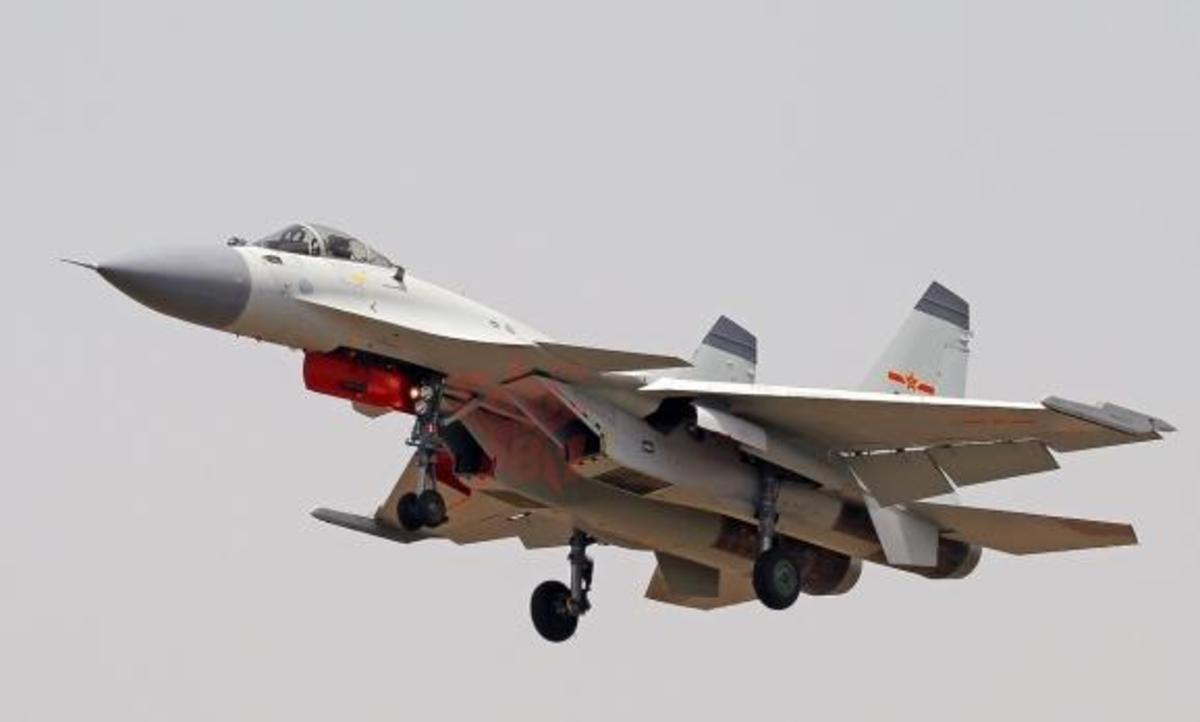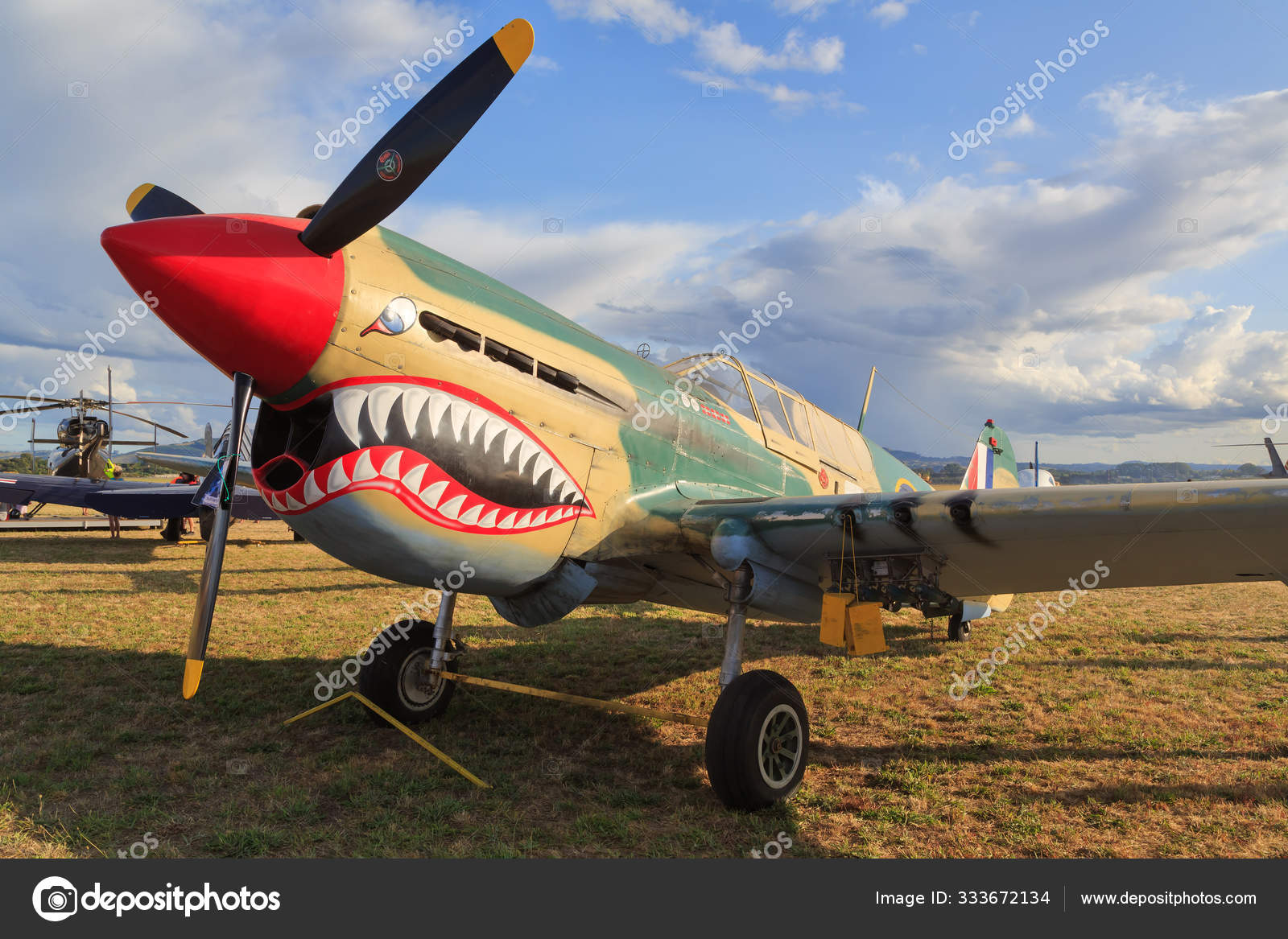Fighter Jet With Shark Face - This beautiful portrait of Flight Lieutenant Neville Bowker inspired the nose art that became inevitable with the Flying Tigers.
It's not a smile. This is even more of a predator's taunt. Razor teeth, lashing of tongues, and 300-yard stares of black, dead eyes, focused where the battle rifles were focused. The art of the nose of the plane represents the image of violence, a small mental battle designed to scare, created with a few colors applied to the bronze.
Fighter Jet With Shark Face

The famous World War II American Volunteer Corps, the "Flying Tigers," popularized the shark's mouth, but they weren't the first to paint it on their airplanes. During World War I, a German pilot was blindfolded and masked in the Roland C.II spy plane. They are called fat Roland biplanes
Flying The Aircraft With No Middle Seats: Embraer E2
(whale). The nose art is funny and seems appropriate for these trains. He seemed to have more of an expression of pitiful determination than actual anger. Shortly after, someone decided to add a wide mouth with triangular teeth to the ensemble, giving one of the planes a disturbing smile.
No good idea stays secret for long. Many vehicles from the First World War and beyond carried the motif, appearing on Nieuports, Sopwiths, and later, Messerschmitts, to name a few.
Greeting visitors as they enter the National Air and Space Museum at the Steven F. Udvar-Hazy Center, the Curtiss P-40E wears a knife face instead of a Flying Tiger. The plane is painted in the colors of the 14th Air Force 23rd Fighter Group, which in 1942 took over the mission-and some of the pilots and planes-of the Flying Tigers.
Then the Curtiss P-40. Straight from the factory, the fighter looks like he has a dangerous stomach because of his big scoop under his nose. Now, it's hard to imagine a Tomahawk without hungry jaws on the go. Even three-year-olds will tell you, "That's a flying tiger," and no one seems to be bothered by the contrast of a tiger wearing a shark. But not all shark-faced World War II P-40s were Flying Tigers.
Fighter Plane Shark Teeth Wallpapers
By the time American pilots fought in World War II, Royal Air Force pilots had been veterans for almost two years. The Americans adopted many British theories on how to fight effectively in the air and took other things as well, including 100 Tomahawk fighters dedicated to Great Britain. These planes were flown by AVG.
The archetypal shark's mouth, as we know it today, first appeared on the nose of Royal Air Force No. 1 Tomahawks. 112 Squadron, fought in North Africa. "The Shark Squadron" received its Curtiss fighter in July 1941. The Squadron nose art went through many refinements before the British Airmen settled on a definitive design. The last shark appeared while 112 Squadron was serving in Egypt.
This year, in another part of the world — the home of a Baptist missionary in Toungoo, Burma, to be exact — AVG pilot Charles was fed up with the after-dinner conversation. Bond. He received the copy on November 2, 1941

And saw, on the cover, a picture of the Tomahawks of Squadron 112. In the picture, South African Flight Lieutenant Neville "Bowks" Bowker stood on the wing of a British Tomahawk Mk. 1 was called "Menas". But what really struck Bond were the warrior's eyes and fearsome teeth.
The Last World War Ii Vets Of The Flying Tigers
"Gee!" he wrote in his journal, “I want my P-40 to look like this! I talked about it with others and they thought it was a good idea. Bond wrote in his diary the next day: "November 16, 1941. Hurt today. I think it was from walking into town to do some airplane painting.
Soon many pilots and ground crews were on board. After several days of signing the near-accurate British model, and painting teeth and eyes on each plane, the crew returned to admire their work. AVG pilot and memory R.T. Smith certainly spoke for all Flying Tigers when he said, "It means hell."
Cory Graff is an air museum curator, exhibition organizer and author of 10 books. Recent aviation titles include P-51 Mustang: 75 Years of America's Most Famous Warbird, Zenith Press, 2015. 'X'. It indicates a way to close a connection, or cancel a notification.
Home Chevron icon This indicates a section or expandable menu, or sometimes a previous/next navigation option. Military and security
I Understand Why Faces (sharks Mainly) Were Painted Onto Aircraft. But Were There Also Shark Faces/or Anything Else Actually Painted Onto Bombs Also? I Would Love To Find Out Once & For
Twitter icon An open-faced bird, tweeting. Twitter LinkedIn icon The word "in". LinkedIn Flipboard icon Letter with an F shape. Flipboard Facebook icon The letter F. Facebook mail icon An envelope. It indicates the ability to send emails. Email link icon An image of a chain link. It matches the web link url. Copy Link
An A-10 Thunderbolt II attack aircraft with shark tooth art at Kandahar Airfield in Afghanistan. US Air Force
There's the classic A-10 Thunderbolt II attack aircraft, and then there's what US Air Force squadron commanders call "the coolest A-10." These planes are the ones that show the colors of war against the fierce shark's teeth, he said.

"Not all A-10s have shark teeth," Insider Lt. Col. Matthew Shelly, a veteran A-10 pilot and commander of the 74th Fighter Squadron. Only the 74th and 75th Fighter Squadrons of the 23rd Fighter Group and the 76th Fighter Squadron, formerly part of the 23rd but now in a reserve group, in Moody Air Force Base flies with Shark's Teeth.
Turkish Air Force Mcdonnell Douglas F 4 Phantom At Royal International Air Tattoo Airshow, Raf Fairford, Cotswolds, Uk. Shark Mouth Face Artwork Stock Photo
For example, the Air Force Reserve's 442nd Fighter Wing at Whiteman Air Force Base in Missouri gave its A-10s Warthog teeth and tusks in 2015 when an aircraft maintenance technician asked, "Why do we don't you have teeth?"
Flight 79-123 was the first A-10 Thunderbolt II flown from the 442nd Fighter Wing at Whiteman Air Force Base, Mo., to receive a dent. US Air Force
The shark mouth paint job for the A-10 is unique to the 74th, 75th, and 76th Fighter Squadrons because the iconic design is directly related to their history and legacy as The first three "Flying Tigers" of the 23rd Squadron.
Brandon Hill, the 74th Airlift Wing's dedicated crew chief, led Lt. Col. Matthew Shelly, commander of the 74th Fighter Squadron, at Moody Air Force Base, Georgia, June 26, 2021. Melanie A. Bulow-Gonterman
An Faa And Federal Court Interpretation Of The Fars Threatens Flight Instruction
For many of the fighters of the Second World War, the war was a golden age for the art of military aviation. Designs range from teeth to pin-up models to caricatures.
The entrance to the Curtiss P-40, a fighter and ground attack aircraft, gives the appearance of a shark's mouth.
The first P-40s to display the Shark's Mouth combat livery were the British Royal Air Force Tomahawks. The Americans later adopted the design and incorporated it into the US P-40s, known as Warhawks.

For Americans, shark art "started with the American Volunteer Group, which became the 23rd battle group," says Shelly.
Lufthansa Replicates Sharkskin To Boost Fuel Efficiency Of Cargo Jets
A P-40 Warhawk painted in the colors of the Flying Tigers at the 2018 Air Show. US Air Force photo by Master Sgt. Mark C. Olsen
The American Volunteer Group, led by Claire Chennault, is known as the "Flying Tigers".
The group, which defended China against the Japanese, was active before America entered World War II and saw combat shortly after the United States declared war on Japan.
The unit was organized in the Chinese Air Force and flew under the flag of the Republic of China. It operated for about a year before being dismantled, but in that time destroyed 297 enemy aircraft, according to the US Air Force.
Amazing Pictures Show Mechanical Sharks Made Out Of Old Fighter Jets
Their actions made them famous. "He did it in a P-40 plane," Shelly said. And, "when you look at World War II P-40 planes, almost every picture you see has a shark on it," he added.
After the USAF was disbanded in the summer of 1942, the 23rd Fighter Group, reorganized as the US Air Force's 23rd Interceptor Group, recruited officers, pilots and instructors. some in the group and took it. nicknames and missions in the China-Burma-India region.
The 23rd Fighter Group consisted of the 74th, 75th and 76th Fighter Squadrons and was a component of the China Air Task Force commanded by Chennault and later the Fourteenth Air Force.

"Those teams are here at Moody now," Shelly explained. "We all trace our lineage back to the World War II American Volunteer Corps who had shark teeth on airplanes."
Why China Has The Worst Fighter Jet
Still belongs to the 74th and 75th fighter squadrons
Jet with shark face, fighter jet shark mouth decal, fighter jet videos with music, fighter jet face, jet-fighter, fighter jet canvas, fighter jet with folding wings, fighter jet with shark mouth, fighter jet shark, fighter jet, ngad fighter jet, fighter jet shark mouth
0 Comments